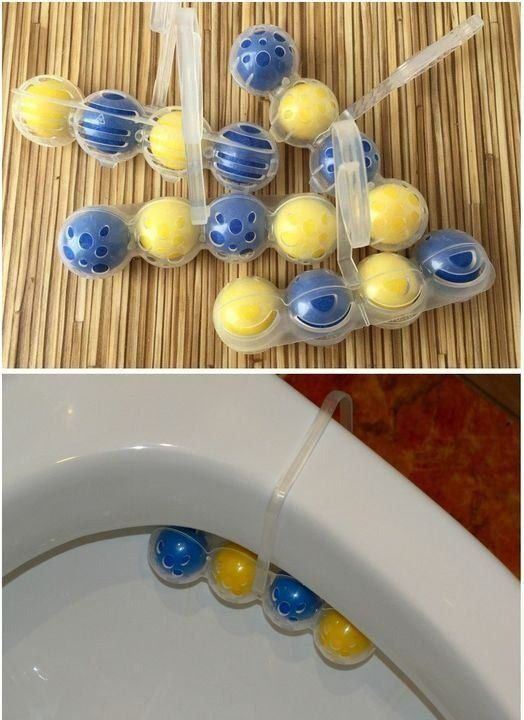ADVERTISEMENT
Step 2: Open the Toilet Tank
Lift the lid of your toilet tank and locate the area where you’ll place the block. Most toilet tanks have a space designed for a cleaning tablet or block. If not, you can place the block somewhere near the water inlet (but avoid placing it where it could interfere with the flushing mechanism).
Step 3: Place the Toilet Block in the Tank
Insert the toilet block into the tank, ideally near the top of the water level. This allows the cleaning agents to dissolve slowly and work with every flush, keeping your toilet clean without having to do extra scrubbing.
Step 4: Let It Work Its Magic
Once in the tank, the toilet block will dissolve gradually as the toilet is flushed. The cleaning agent will be released into the water, and it will clean the bowl, fight stains, and help maintain a fresh scent. Because the block is in the tank, the cleaning solution is dispensed continuously, providing a more even and effective clean.
Step 5: Replace the Toilet Block as Needed
Toilet blocks generally last several weeks, but keep an eye on them to make sure they don’t dissolve too quickly or stop releasing their cleaning power. Replace them when they begin to shrink or lose effectiveness.
Why Placing the Toilet Block in the Tank Works Better
Placing the toilet block in the tank, rather than on the edge of the bowl, offers several advantages:
- Even Distribution: When placed in the tank, the cleaning solution is released gradually with each flush, ensuring consistent cleanliness and freshness. This method prevents waste, as the block doesn’t just dissolve in one go.
- Longer-Lasting Effectiveness: Because the toilet block is in constant contact with the water, it dissolves more slowly, giving it a longer lifespan. You get more value out of each block.
- No Disruption to Toilet Bowl Design: Hanging the toilet block in the bowl can be unsightly and can sometimes interfere with the flow of water, which can affect flushing performance. By placing it in the tank, you keep the bowl clear and aesthetically pleasing.
- More Efficient Cleaning: With the toilet block in the tank, it works in tandem with the water flow, ensuring that it cleans the toilet bowl each time you flush, rather than just when the block happens to be submerged during a flush.
Additional Tips for Maintaining a Clean Toilet
To keep your toilet sparkling clean and fresh beyond just using a toilet block, consider these extra tips:
- Regular Scrubbing: While toilet blocks help with ongoing freshness and stain prevention, a regular scrub with a toilet brush and cleaner is essential for tackling grime and buildup.
- Use Toilet Cleaners: Occasionally use a deep-cleaning toilet cleaner to sanitize the bowl and remove tough stains. This can help extend the life of your toilet block and maintain a fresh, hygienic toilet.
- Check for Leaks: Ensure your toilet tank is functioning properly and that there are no leaks. If the water level in your tank is too low, your toilet block may not dissolve properly, and the cleaning effectiveness will diminish.
- Clean the Tank: Don’t forget to clean the inside of the toilet tank itself! Mineral deposits and buildup can occur inside the tank, which could affect the efficiency of both the flushing mechanism and the toilet block. Clean the tank periodically to ensure everything is running smoothly.
Conclusion
For years, you may have been misusing your toilet block by hanging it on the edge of the toilet bowl. But now you know the proper way to use it: place the block in the toilet tank for the most effective and long-lasting cleaning power. Not only will this method ensure that your toilet stays fresh and clean with each flush, but it will also help you get the most out of your toilet block, saving you money in the long run.
By making this simple adjustment, you can maintain a cleaner, more hygienic toilet with less effort. So, next time you replace your toilet block, remember: the tank is the place to be!
ADVERTISEMENT
